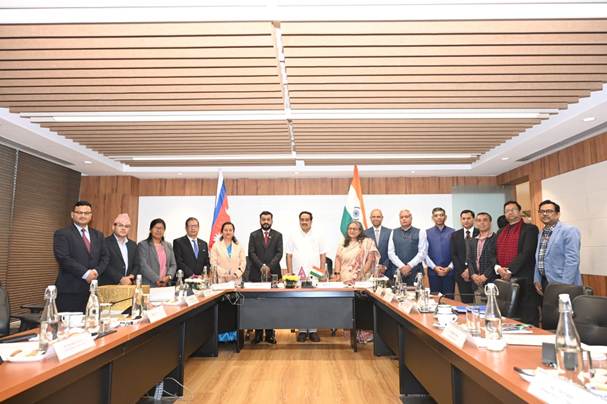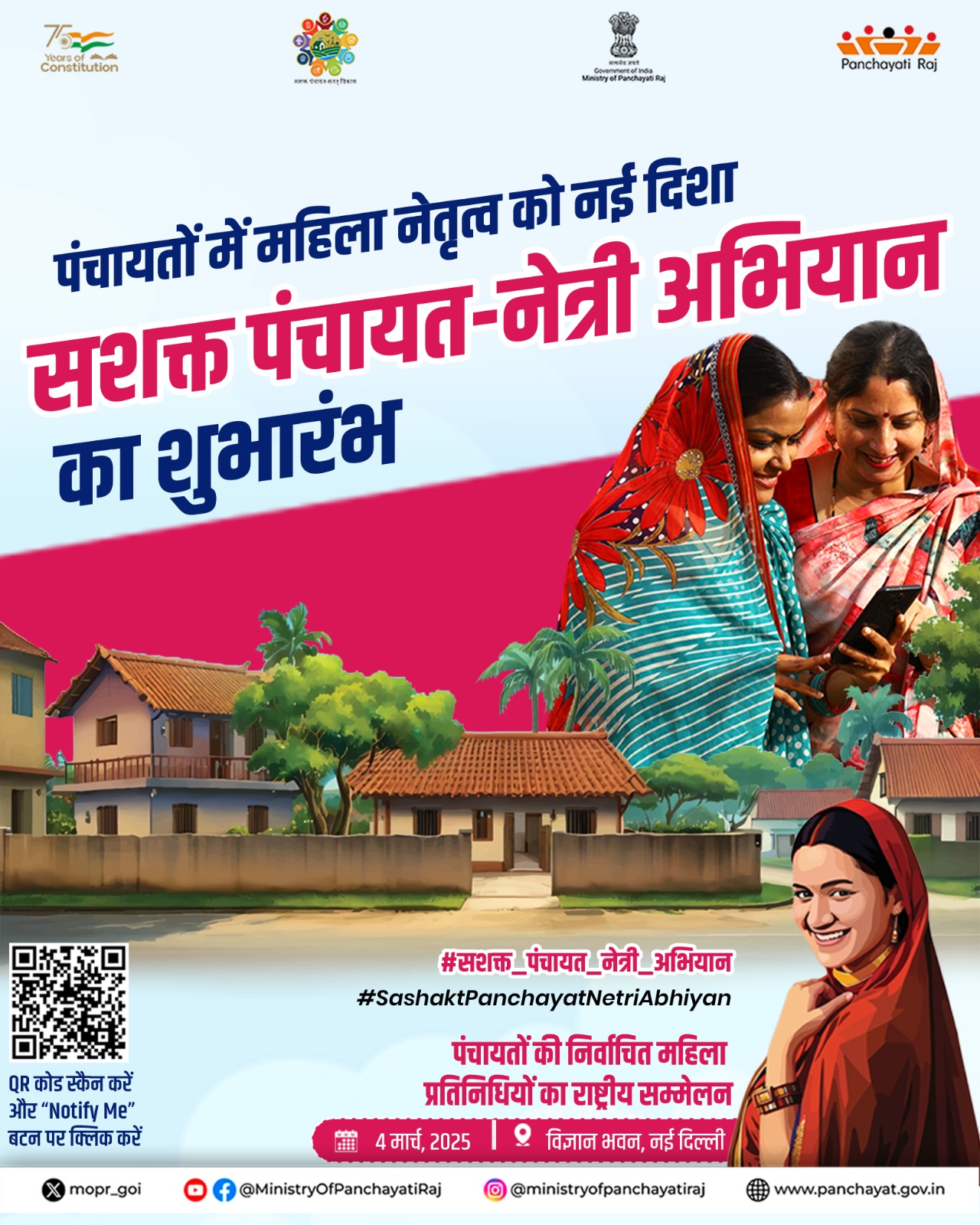Juanga Tribe
- 06 Mar 2025
In News:
The National Human Rights Commission (NHRC) has sought an Action Taken Report (ATR) from the District Magistrate of Keonjhar, Odisha, over alleged human rights violations concerning the Juanga tribe, a Particularly Vulnerable Tribal Group (PVTG) in the region.
About Juanga Tribe
- One of 13 PVTGs among 62 tribal communities in Odisha.
- Population: ~50,000 (2011 Census).
- Primarily located in Keonjhar and Dhenkanal districts, especially in the Gonsaika hills of Banspal block, Keonjhar.
- Language: Juang, a Munda language of the Austroasiatic family.
- Known for their clan structure, kinship ties, and animistic beliefs blended with Hindu practices. Their sun god is regarded as the supreme deity.
- Traditional livelihood: Initially hunters and gatherers, later adapted to basket-weaving and bartering after forest reserves were declared during British rule.
- Traditional clothing: Women wore leaf girdles; men used small loincloths. Post-contact, they adopted external clothing practices.
Alleged Human Rights Violations
- The petition highlighted lack of basic amenities in 114 Juanga villages:
- Healthcare: Nearest PHC is 15 km away; residents must carry patients on cots. Limited access to Biju Swasthya Kalyan Yojana or National Health Card.
- Infrastructure: Absence of all-weather roads, schools, and safe drinking water.
- Tragic case: Deaths of SuniaJuanga (35), his wife Rashmi (30), and their six-month-old daughter due to lack of timely medical help in Jantari village.
- Social issues: No official records on child marriages, orphans, or other vulnerable groups among the Juangas.
NHRC's Directive
- NHRC asked for a detailed report within four weeks from the district administration.
- The petition also criticized underutilization of the District Mineral Foundation (DMF) funds, despite Keonjhar being one of the top fund-holding districts.
India–Nepal MoU on WASH Sector Cooperation

- 06 Mar 2025
In News:
Recently, India and Nepal signed a Memorandum of Understanding (MoU) to strengthen bilateral cooperation in the Water, Sanitation, and Hygiene (WASH) sector, including waste management. The signing ceremony took place at Sushma Swaraj Bhawan, New Delhi.
Key Objectives and Components of the MoU
- Capacity Building: Training programs for Nepali personnel in water resource management.
- Technology and Knowledge Transfer: Exchange of best practices and innovations in WASH.
- Groundwater Management: Joint efforts on:
- Groundwater quality monitoring
- Artificial recharge
- Rainwater harvesting and conservation practices
Strategic Significance
- Promotes regional cooperation and sustainability in public health and water management.
- Nepal seeks to learn from India’s successful initiatives under the Jal Jeevan Mission and Swachh Bharat Abhiyan.
- The agreement includes official visits, site inspections, and regular bilateral meetings to monitor progress.
Sashakt Panchayat-Netri Abhiyan

- 06 Mar 2025
In News:
The Ministry of Panchayati Raj launched the “Sashakt Panchayat-Netri Abhiyan” at a National Workshop held in Vigyan Bhawan, New Delhi. The initiative is a significant step toward gender-sensitive governance and enhancing the role of Women Elected Representatives (WERs) in Panchayati Raj Institutions (PRIs).
Key Features of the Initiative
- Objective: Capacity-building of WERs to strengthen their leadership, decision-making, and active participation in local governance.
- Scale: Over 1,200 WERs from across India participated.
- Representation: Women from all three tiers of PRIs took part, marking a first-of-its-kind national gathering.
Model Women-Friendly Gram Panchayats (MWFGPs)
- Launched alongside the Abhiyan.
- Aim: Establish at least one Model Women-Friendly Gram Panchayat in each district.
- Purpose: Promote gender-sensitive, inclusive, and girl-friendly local governance models.
Primer on Gender-Based Violence
- A "Primer on Law Addressing Gender-Based Violence and Harmful Practices" was released.
- Targeted at elected representatives to raise awareness and promote legal literacy regarding women's safety and rights.
Context and Background
- India has over 1.4 million women elected representatives in PRIs.
- Some states, like Bihar, report over 50% representation, surpassing the 33% constitutional mandate.
- The campaign also addresses the elimination of "Sarpanch Pati" culture, emphasizing the independent authority of WERs.
Panel Discussions and Sectoral Themes
- Themes included:
- Women’s participation and leadership in PRIs
- Health, education, safety, digital empowerment, and economic opportunities for women
Cultural Integration and Recognition
- Cultural performances by UNFPA celebrated women’s achievements.
- Outstanding WERs from various states/UTs were felicitated for contributions to rural governance.
Significance
- Aligns with PM Narendra Modi’s “Mann Ki Baat” (119th episode) highlighting Nari Shakti in nation-building.
- Reinforces commitment to inclusive, safe, and socially just Gram Panchayats.
Giloy (Tinosporacordifolia)
- 06 Mar 2025
In News:
Giloy, also known as Guduchi and referred to as Amrita in Sanskrit—meaning the "herb of immortality"—is gaining global attention for its therapeutic potential, with scientific research on the herb witnessing a remarkable surge.
Surge in Scientific Publications
According to PubMed, a globally recognised biomedical database, there has been a 376.5% increase in research publications on Giloy between 2014 and 2024:
- 2014: 243 studies
- 2024: 913 studies
This significant rise reflects growing interest in natural and plant-based therapies, particularly after the COVID-19 pandemic, which intensified focus on immunity boosters and holistic healthcare.
Therapeutic Properties and Uses
- Giloy is used in Ayush systems for:
- Fever management
- Gouty arthritis
- Autoimmune diseases
- Inflammatory disorders
- Cancer therapy (emerging evidence)
- Bioactive compounds in Giloy have shown:
- Immunomodulatoryeffects
- Anti-inflammatoryaction
- Adaptogenicandantiviralproperties
Botanical & Agricultural Features
- Scientific name: Tinosporacordifolia
- Distribution: Widely found across India
- Growth conditions:
- Grows in most soil types
- Propagated via stem cuttings (May–June)
- Large climber with corky, grooved stems
Recent Research Highlights
- Feb 2025 (Gujarat University): Giloy extracts showed promise in HPV-positive cervical cancer treatment through immunomodulation.
- Jan 2025 (Tata Memorial Centre, Mumbai): Giloy-based phytopharmaceuticals were effective in managing Idiopathic Granulomatous Mastitis (IGM), offering a safe, steroid-free, and cost-effective alternative to surgery.
Government Initiatives
- The Ministry of Ayush has launched a technical dossier on Giloy, compiling scientific research and therapeutic insights.
- Aim: Promote evidence-based integration of Ayurveda with modern healthcare systems.
- Emphasis on global collaboration, research funding, and mainstreaming traditional medicine.
Recent ASI Discoveries in Sri Lankamalleswara Wildlife Sanctuary

- 06 Mar 2025
In News:
The Archaeological Survey of India (ASI) recently made significant archaeological findings in the Sri Lankamalleswara Wildlife Sanctuary, located in the Kadapa district of Andhra Pradesh. During an epigraphical survey, ASI discovered three rock shelters, rock paintings, and 30 inscriptions, highlighting the region’s historical and cultural significance.
Key Facts:
- Location: Kadapa district, Andhra Pradesh.
- Water bodies:
- The sanctuary forms the catchment area of the Pennar River.
- The Telugu Ganga Canal flows through the eastern part and drains into the Pennar.
Biodiversity:
- Vegetation types:
- Southern tropical dry deciduous forests (hills)
- Scrub forests (plains)
- Southern dry mixed deciduous forests
- Tropical thorn forests
- Tropical dry evergreen forests
- Flora:
- Rare and endangered species: Red Sanders, Sandalwood
- Riparian vegetation: Terminalia spp., Syzygium spp. (Jamun), Wild Mangoes, Anogeissuslatifolia, Phoenix spp., Bamboo, Hardwickiabinata
- Fauna:
- Notable species: Common toad, Bullfrog, Common Indian skink, Green vine snake
- Critically endangered species: Jerdon’s Courser — this sanctuary is the only known habitat of this bird.
